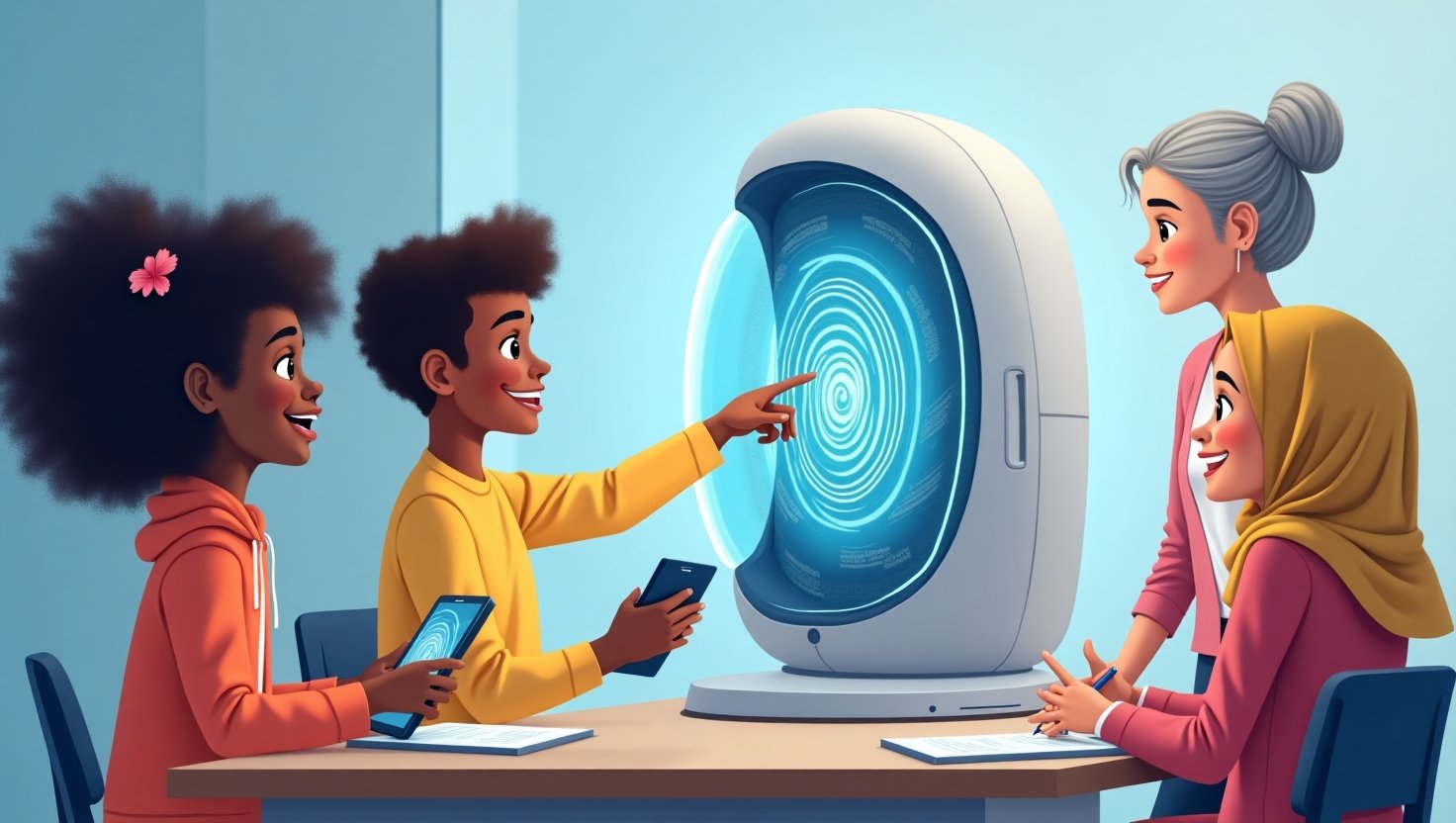Teaching Machines: Revolutionizing Education with AI
Introduction
In recent years, the educational landscape has experienced a profound transformation driven by teaching machines. These sophisticated systems, empowered by Conversational AI, are reshaping how learners engage with educational content. This integration of AI technology is not only offering personalized learning experiences but also creating unprecedented opportunities for educators to interact with students. In this blog post, we will explore how teaching machines are revolutionizing modern education, the benefits they bring, and the challenges they pose.
Background
Understanding Teaching Machines
A teaching machine is any device or system that automates the process of education. Historically, these machines ranged from simple programmed instructional devices to today’s sophisticated AI systems that utilize Human-Machine Interaction. Modern teaching machines integrate conversational AI to facilitate interactive dialogues between learners and educational content, mirroring human-like interactions. This evolution marks a significant departure from traditional learning methods, emphasizing the importance of intuitive interfaces that can adapt to a learner’s style, pace, and preferences.
Historical Context
The journey of teaching machines began with early 20th-century inventions like the teaching typewriter and evolved significantly with the advent of digital technology in the late 20th century. Notable milestones include the development of computer-based training programs and the introduction of online learning platforms. Over time, these technologies set the stage for the current wave of AI Education, characterized by sophisticated algorithms capable of natural language processing, such as OpenAI’s GPT-4 and Google’s Bard. These systems can tailor educational content in real-time, offering a high level of personalization previously unachievable.
Trend
Rise of Conversational AI in Education
Recently, there’s been a dramatic rise in the adoption of Conversational AI in educational settings, from K-12 classrooms to corporate training environments. These AI systems, which facilitate effective Human-Machine Interaction, can simulate a one-on-one tutoring experience, significantly enhancing learner engagement. According to market data, the conversational AI education sector is expected to grow from $2.8 billion in 2024 to a staggering $9.3 billion by 2028, underscoring the technology’s transformative potential source.
Market Insights
The growth trajectory of conversational AI in education highlights a pivotal shift in how institutions approach learning. This booming market suggests a robust demand for AI solutions that can cater to diverse learning needs, providing instant feedback and fostering an inclusive educational environment. The increase in adoption also reflects a growing confidence in these technologies’ ability to deliver educational content effectively, potentially replacing traditional teaching aids and resources.
Insight
Benefits of Interactive Learning
Teaching machines and conversational AI elevate the educational experience by offering interactive learning models that actively engage students. These systems use AI algorithms to customize lessons based on individual learner profiles, thereby maximizing retention and understanding. For example, consider how a math-based AI tutor can adjust its teaching methods based on a student’s performance on practice problems, ensuring that no two learning paths are exactly the same. This personalized approach not only boosts confidence but also encourages self-directed learning.
Ethical Considerations
However, the integration of AI in education is not without ethical challenges. Issues such as data privacy, bias in AI algorithms, and the potential erosion of critical thinking skills due to over-reliance on AI are significant concerns. It is imperative that stakeholders address these ethical considerations by establishing guidelines for responsible AI deployment in educational settings. Experts argue for the necessity of human oversight to ensure that the use of AI technologies augments rather than replaces human educators source.
Forecast
Future of AI in Education
Looking ahead, the future of AI in education is bright and full of possibilities. As AI technology continues to advance, we anticipate a fundamental shift in teaching methodologies. Future teaching machines might incorporate augmented reality for immersive learning experiences or leverage advanced machine learning to predict and address individual educational needs before they arise. This could lead to the emergence of new educational paradigms, where AI complements traditional teaching methods rather than competes with them.
Preparing for Change
Educational institutions must be proactive in adapting to these changes. This involves investing in teacher training to equip educators with the skills to effectively integrate AI tools into their teaching processes. Schools and universities should also prioritize the development of AI literacy among students, preparing them for a workforce increasingly dominated by AI technologies. Providing access to training resources and embracing a culture of continuous learning will be crucial in ensuring a smooth transition to this new era of AI-empowered education.
Call to Action
As we stand on the cusp of an AI-driven educational renaissance, it is crucial for educators, stakeholders, and learners to embrace the potential of teaching machines and Conversational AI. By actively engaging with these technologies, they can unlock new levels of educational achievement and innovation. Educational resources and training opportunities are widely available to aid this transition, empowering all parties to navigate the complexities of integrating AI into learning with confidence.
In conclusion, the integration of teaching machines represents a pivotal moment in educational history. As we move forward, the collaboration between AI and education promises to redefine how we learn, opening doors to a future where education is more personalized, inclusive, and effective than ever before.

